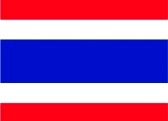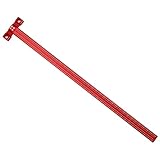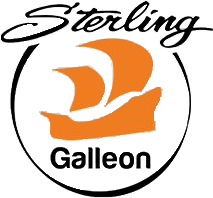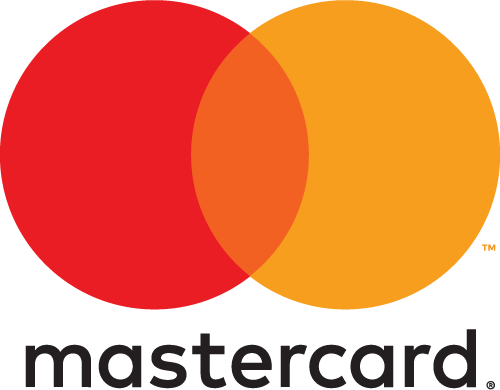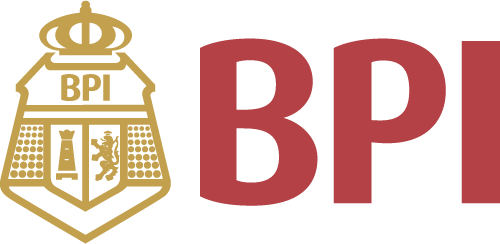All Categories


Viewing Pittsburgh’s Trolleys and Inclines (America Through Time)
Share Tweet
Get it between 2025-06-05 to 2025-06-12. Additional 3 business days for provincial shipping.
*Price and Stocks may change without prior notice
*Packaging of actual item may differ from photo shown
- Electrical items MAY be 110 volts.
- 7 Day Return Policy
- All products are genuine and original
- Cash On Delivery/Cash Upon Pickup Available

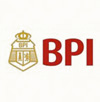




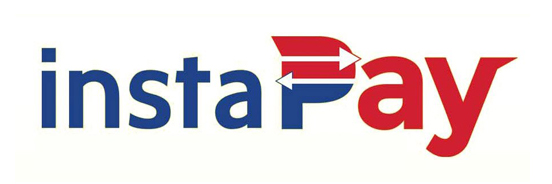

About Viewing Pittsburgh’s Trolleys And Inclines
Product Description Viewing Pittsburgh's Trolleys and Inclines is a photographic essay covering Pittsburgh's trolley car system that under Pittsburgh Railways Company (PRC) operated about 600 miles of trolley car lines that linked with other systems, making it possible to travel from Pittsburgh to Elkhart Lake, Wisconsin, by trolley car. PRC completed the Mount Washington Tunnel in 1904, and placed in service in 1936 the Presidents' Conference Committee (PCC) car that transformed trolley car service. PRC purchased 666 PCC cars, making it the second largest PCC car system in the United States. As late as May 3, 1962, PRC operated thirty-six full-time trolley car routes. Following the acquisition of PRC by Port Authority Transit (PAT) in 1964, buses replaced most of the trolley car lines. However, a change occurred, and PAT rebuilt the system into a modern light rail system. Pittsburgh also has two operating inclines in service: the Monongahela Incline (oldest in the United States) and the Duquesne Incline (saved by residents). Most of Pittsburgh's many inclines were served by PRC trolley car lines. Viewing Pittsburgh's Trolleys and Inclines documents Pittsburgh's trolley and incline history. About the Author KENNETH C. SPRINGIRTH, the author of forty-seven books on streetcar and railroad lines, has an interest in rail history as his father was a streetcar motorman in Philadelphia, and his grandfather was a streetcar motorman in Washington, D.C. A native of Philadelphia, he commuted to Drexel Institute of Technology (now Drexel University) in Philadelphia by streetcar, subway, and sometimes commuter rail, graduating in 1962.



